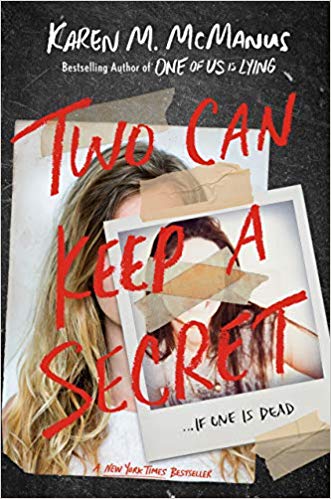 Two Can Keep a Secret is the followup (not the sequel, that’s a different book) to McManus’s One of Us Is Lying, which I liked and reviewed on this blog. The two books are a little different, as I feel Two Can Keep a Secret is quieter and less complicated than the first. It was still a good suspense that kept me guessing.
Two Can Keep a Secret is the followup (not the sequel, that’s a different book) to McManus’s One of Us Is Lying, which I liked and reviewed on this blog. The two books are a little different, as I feel Two Can Keep a Secret is quieter and less complicated than the first. It was still a good suspense that kept me guessing.
The book’s narrated by two characters: Ellery and Malcom. Ellery and her twin brother Ezra are moving in with their grandmother in Echo Ridge, Vermont while their mother is in rehab. Malcolm is the younger brother of the guy everyone thinks murdered a girl five years earlier.
Things go wrong for both of them right from the start. When Ellery and Ezra are getting a ride from the airport, they stumble across a body in the road at the edge of town. At a fundraiser for the murdered girl, Ellery finds Malcolm standing with a can of spray paint next to a message sprayed on a wall:
MURDERLAND
THE SEQUEL
COMING SOON
Murderland was the name of the Halloween park where the girl’s body was found. In its new incarnation, it’s called Fright Farm, and Ellery and Ezra get jobs there like most of the other teenagers in town. Ellery also becomes acquainted with the queen bee of the school, Katrin. When meeting her, she thinks,
We all murmur hellos, and it feels like some sort of uncomfortable audition.
Who can’t relate to that? Soon, Ellery’s been sucked under the threat implied by the graffiti Malcolm might have written. But she doesn’t think so. And it’s not long before she’s hanging out with him as well as her brother and Malcom’s friend Mia.
In addition to being the shoe-in for homecoming queen, Katrin is also Malcolm’s step-sister. Malcolm isn’t overly fond of this situation, but there’s not much he can do about it. Plus, he’s got more to worry about: his infamous brother is back in town, and he doesn’t know why or what he’s doing there. The timing is bad with the graffiti, more of which appears later.
With this set up, there are quite a few suspects as well as a real threat against Ellery. I wasn’t blind-sided by the resolution, but there is a small but significant twist at the end that I didn’t at all expect. Additionally, there are several minor twists and reveals along the way that surprised me.
If you enjoyed One of Us Is Lying, or YA suspense in general, you’d probably like this one, too.
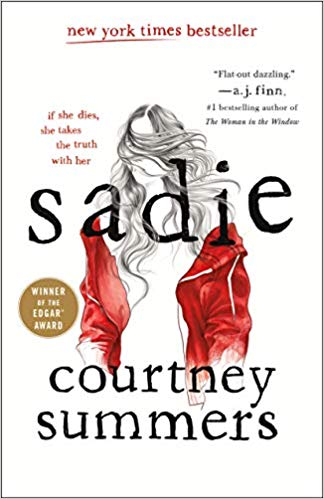 When I first heard about this book, I was sort of freaked out because of similarities it has with my own Sadie Speaks (still unpublished). I’m hoping I don’t have to change the name of my character because of it. Still, it sounded like an interesting book, so I bought it.
When I first heard about this book, I was sort of freaked out because of similarities it has with my own Sadie Speaks (still unpublished). I’m hoping I don’t have to change the name of my character because of it. Still, it sounded like an interesting book, so I bought it.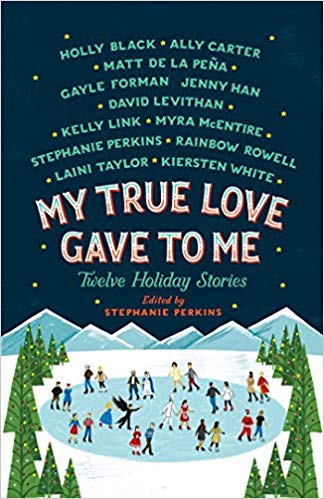 It’s probably a little odd to be doing a review of a holiday short story collection several weeks after the holidays ended, but since when did I claim to be normal. Besides, I started reading this before Christmas.
It’s probably a little odd to be doing a review of a holiday short story collection several weeks after the holidays ended, but since when did I claim to be normal. Besides, I started reading this before Christmas.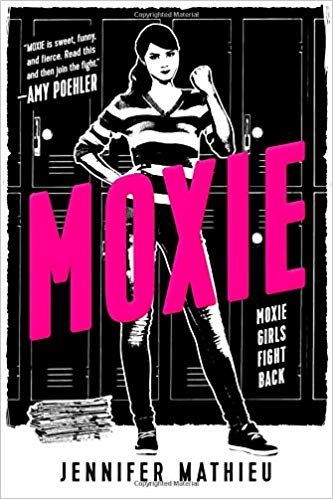 I wish I could remember how I found out about this book, because I’d like to go back and ask for more recommendations, because this was a great read.
I wish I could remember how I found out about this book, because I’d like to go back and ask for more recommendations, because this was a great read.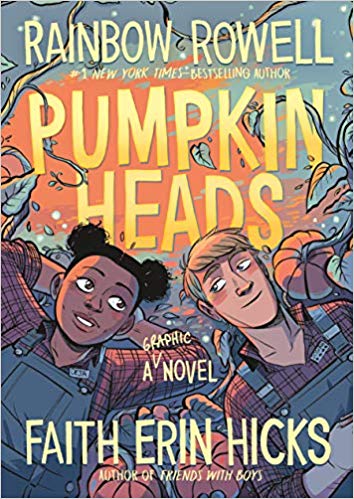 I’m a big Rowell fan because I think she does a fantastic job of capturing the emotional truth of people in her characters. I was new to Hicks, but I quite enjoyed this graphic novel. Hicks’ art was sharp and evocative. It felt like she used an autumn color palette, too, that comes across as seasonal and vivid.
I’m a big Rowell fan because I think she does a fantastic job of capturing the emotional truth of people in her characters. I was new to Hicks, but I quite enjoyed this graphic novel. Hicks’ art was sharp and evocative. It felt like she used an autumn color palette, too, that comes across as seasonal and vivid.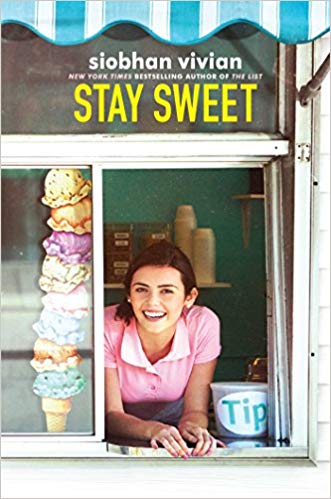 I heard about this book and put it at the top of my list since it was about a girl working in an ice cream stand, similar to one of my characters. I didn’t quite pick up the authenticity tidbits I’d hoped for (the situations were different), but I got to experience a good story.
I heard about this book and put it at the top of my list since it was about a girl working in an ice cream stand, similar to one of my characters. I didn’t quite pick up the authenticity tidbits I’d hoped for (the situations were different), but I got to experience a good story.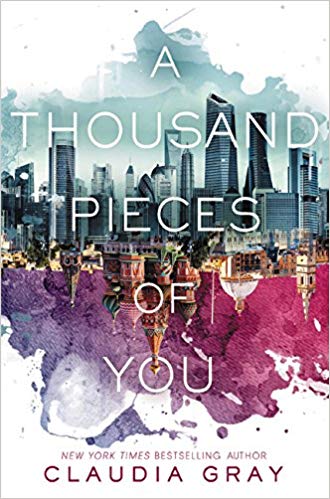 This is the first sci-fi I’ve read in a while, but I quite enjoyed it, despite some reservations I had and will address below. I consumed these three books as audiobooks, which I think were well-executed, all by the same narrator.
This is the first sci-fi I’ve read in a while, but I quite enjoyed it, despite some reservations I had and will address below. I consumed these three books as audiobooks, which I think were well-executed, all by the same narrator.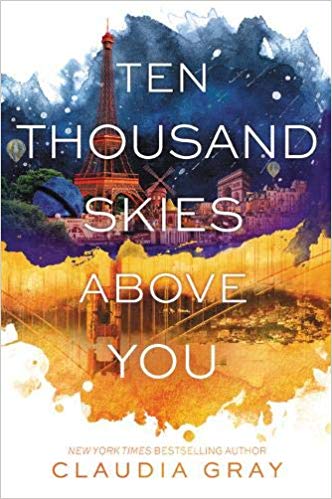 In the second book, Ten Thousand Skies Above You, Marguerite deals with a major conspiracy (I’m trying to not give away much here) involving multiple dimensions and her in a way she never would have expected. She travels to several different dimensions in this one. The conspiracy unfolds more and more, which is interesting and complicated. The love story gets complicated. Then the book ends on the worst kind of cliffhanger. At first everything seems great, and then in the last sentence, you discover it’s not.
In the second book, Ten Thousand Skies Above You, Marguerite deals with a major conspiracy (I’m trying to not give away much here) involving multiple dimensions and her in a way she never would have expected. She travels to several different dimensions in this one. The conspiracy unfolds more and more, which is interesting and complicated. The love story gets complicated. Then the book ends on the worst kind of cliffhanger. At first everything seems great, and then in the last sentence, you discover it’s not.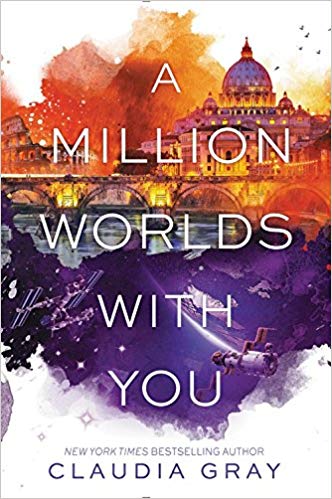 Additionally, I felt like the characters ignored the ethical ramifications of interrupting other people’s lives in other dimensions. This does eventually get somewhat addressed, but it bugged me throughout (especially some of Marguerite’s decisions along the way). And I should mention that some of Marguerite’s choices didn’t make a lot of sense to me.
Additionally, I felt like the characters ignored the ethical ramifications of interrupting other people’s lives in other dimensions. This does eventually get somewhat addressed, but it bugged me throughout (especially some of Marguerite’s decisions along the way). And I should mention that some of Marguerite’s choices didn’t make a lot of sense to me.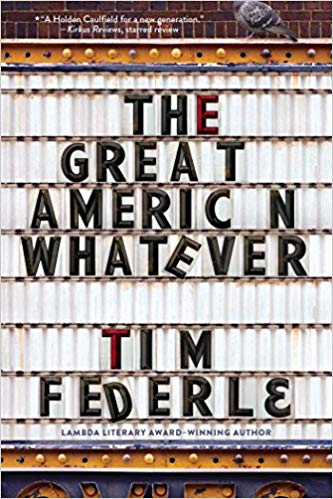 I had heard of Federle because of his Better Nate Than Never middle grade series, but I’ve never read them. So The Great American Whatever was my introduction to him. It’s about a movie- and screenwriting-obsessed sixteen-year-old boy named Quinn. About five months before the book opens, Quinn’s sister Annabeth was killed in a car wreck, which has him devastated and not particularly functional. She was his filmmaking partner—they had a production company called Q&A Productions and Quinn envisioned them going to Hollywood together some day.
I had heard of Federle because of his Better Nate Than Never middle grade series, but I’ve never read them. So The Great American Whatever was my introduction to him. It’s about a movie- and screenwriting-obsessed sixteen-year-old boy named Quinn. About five months before the book opens, Quinn’s sister Annabeth was killed in a car wreck, which has him devastated and not particularly functional. She was his filmmaking partner—they had a production company called Q&A Productions and Quinn envisioned them going to Hollywood together some day.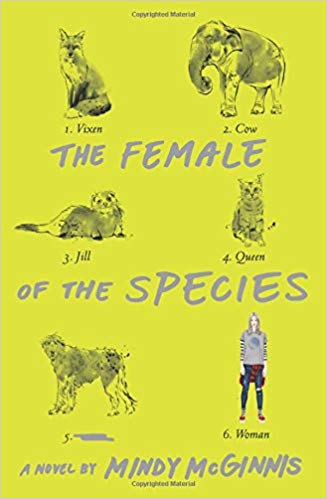 The first thing I have to say is that this is an unusual book. It’s about violence and rape culture, which means it’s wasn’t easy to read. But it felt worth reading.
The first thing I have to say is that this is an unusual book. It’s about violence and rape culture, which means it’s wasn’t easy to read. But it felt worth reading.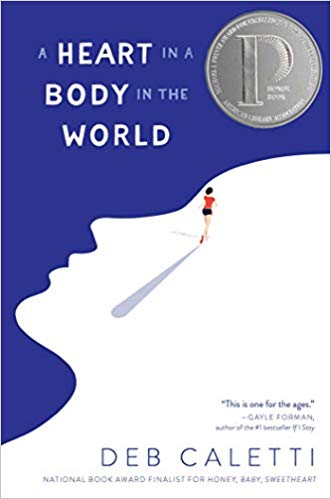 I admit I’m a fan of Caletti, even though I haven’t yet read all of her books yet (I’m at about half). I love how she writes about mental health issues without making the stories issue books. So I was predisposed to like this one. Which was fine, because I did. I should mention that I listened to the audio book rather than read the paper book.
I admit I’m a fan of Caletti, even though I haven’t yet read all of her books yet (I’m at about half). I love how she writes about mental health issues without making the stories issue books. So I was predisposed to like this one. Which was fine, because I did. I should mention that I listened to the audio book rather than read the paper book.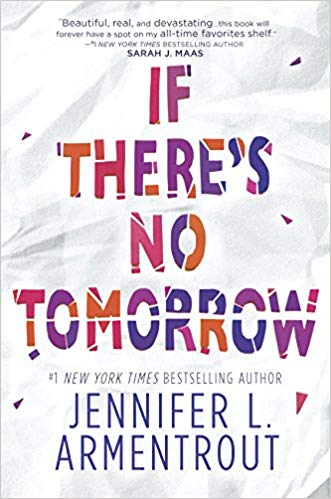 I’ve read and enjoyed another Armentrout book (I even used it for a comparison title for Finding Frances). So I was curious about this one. The back cover description didn’t excite me a great deal, but I found it on audio at the library and decided I needed to listen to it.
I’ve read and enjoyed another Armentrout book (I even used it for a comparison title for Finding Frances). So I was curious about this one. The back cover description didn’t excite me a great deal, but I found it on audio at the library and decided I needed to listen to it.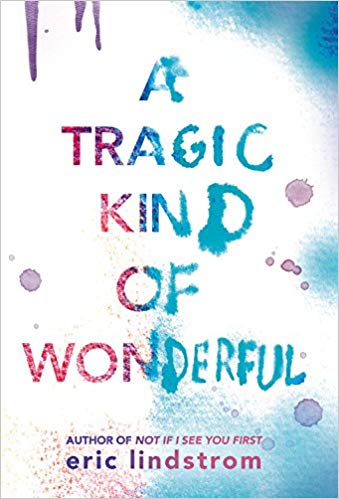 As readers of this blog will have noticed, I enjoy reading about teenagers’ experience with mental illness, and this book definitely fits that bill.
As readers of this blog will have noticed, I enjoy reading about teenagers’ experience with mental illness, and this book definitely fits that bill.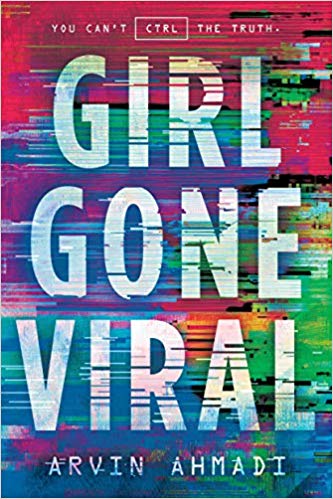 I stumbled across this book at Barnes and Noble and was really excited by the blurb. Supposedly, 17-year-old Opal Hopper is a big coder—she creates virtual reality worlds and so on. I thought this would be really interesting because a) girl coder and b) I wanted to see how the author makes coding interesting.
I stumbled across this book at Barnes and Noble and was really excited by the blurb. Supposedly, 17-year-old Opal Hopper is a big coder—she creates virtual reality worlds and so on. I thought this would be really interesting because a) girl coder and b) I wanted to see how the author makes coding interesting.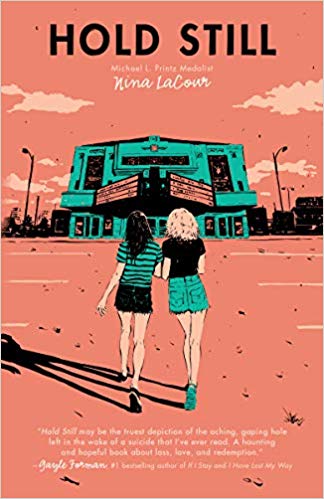 I previously read another of LaCour’s books (The Disenchantments) and liked it quite a bit, so I picked up this one. It chronicles a little over a year in Caitlin’s life immediately following her best friend’s suicide. Caitlyn’s basically shell-shocked by Ingrid’s death, mostly because she never saw it coming and feels like she should have known to be a better friend.
I previously read another of LaCour’s books (The Disenchantments) and liked it quite a bit, so I picked up this one. It chronicles a little over a year in Caitlin’s life immediately following her best friend’s suicide. Caitlyn’s basically shell-shocked by Ingrid’s death, mostly because she never saw it coming and feels like she should have known to be a better friend.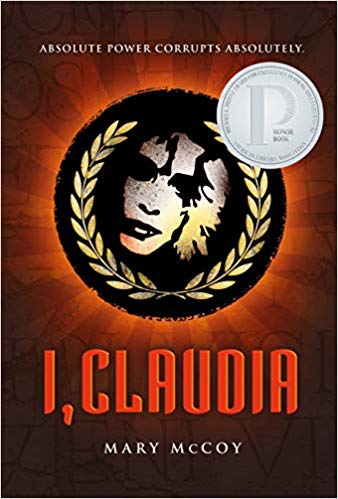 I, Claudia is a fascinating study in teenage politics gone wild in a setting where the student government at an elite prep school has practically unlimited power. The book covers three years of said government, with vastly different rulers over the years. It’s not a surprise that Claudia herself gets involve in governing, but the way things go isn’t predictable and is very interesting.
I, Claudia is a fascinating study in teenage politics gone wild in a setting where the student government at an elite prep school has practically unlimited power. The book covers three years of said government, with vastly different rulers over the years. It’s not a surprise that Claudia herself gets involve in governing, but the way things go isn’t predictable and is very interesting.